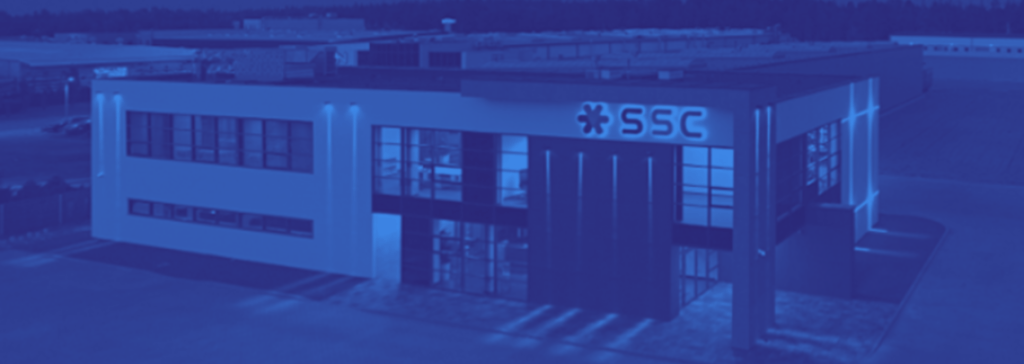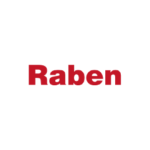SSC decided to get new software in order to be able to plan production accurately and, consequently, deliver all orders on time. As is the case with most of our customers, it turned out that making some changes brings not only individual benefits but also a number of—often unexpected—improvements which make the company function better, faster, more optimally and, thus, more efficiently. At SSC, we have implemented two complementary systems, Asprova APS and Opera MES. These are tools which allow not only planning and monitoring, but above all optimising production and adjusting it to the company’s technological objectives and goals.
SSC is a company whose specific nature is based on a large number of individual production orders. Thanks to the Asprova APS and Opera MES, we have increased the timeliness of orders, improved the organisation of our work, reduced production time and are able to precisely analyse the performance of our production resources. Another important element of our cooperation with eq system is that both systems have great development potential: they can be adapted to our specific processes, are intuitive to use and can be integrated with other systems. We have become more reliable in the eyes of our customers; we can easily predict the deadlines for order completion and more quickly define the source of possible delays, comments Andrzej Ziarko, President of SSC.
KEY BENEFITS GAINED:
- Access to information on the timeliness of customer orders thanks to the synchronisation of operations in the production process;
- Optimisation of stock levels by monitoring the use of individual raw materials on an ongoing basis;
- Improvement of the production planning process and efficiency by controlling the progress of individual operations;
- Shortening of the production cycle by analysing the efficiency of production resources such as machinery and staff;
- Reduction of the production planning time thanks to free access to information on the current status of production;
- Transparency of the lead time thanks to the possibility to analyse factors delaying production;
- Improvement of the quality of production recording by using information on the operator work status;
- Use of date information in the purchasing process through appropriate planning and batch determination;
- Inventory control thanks to the possibility of balancing production and purchase needs.



































